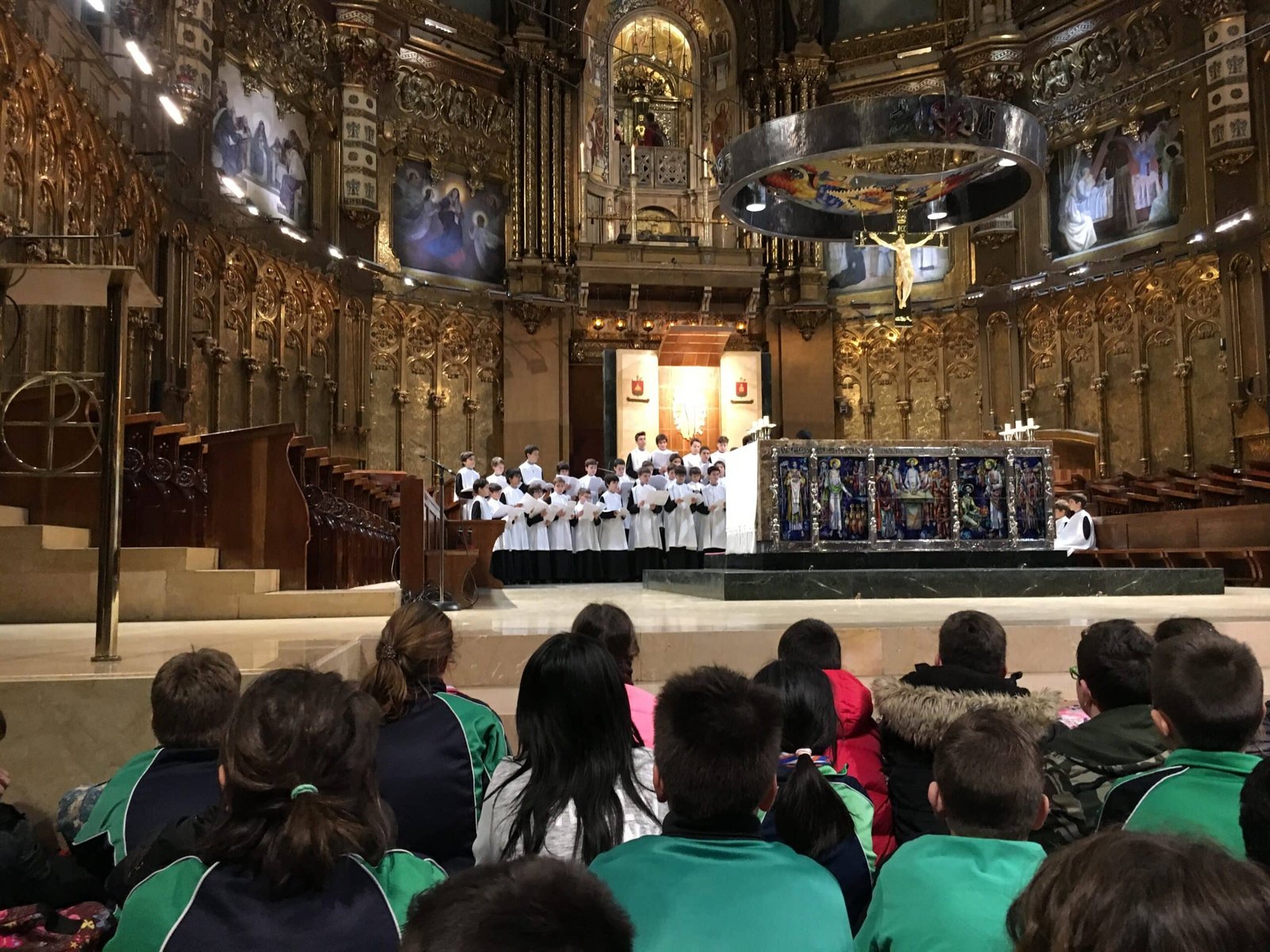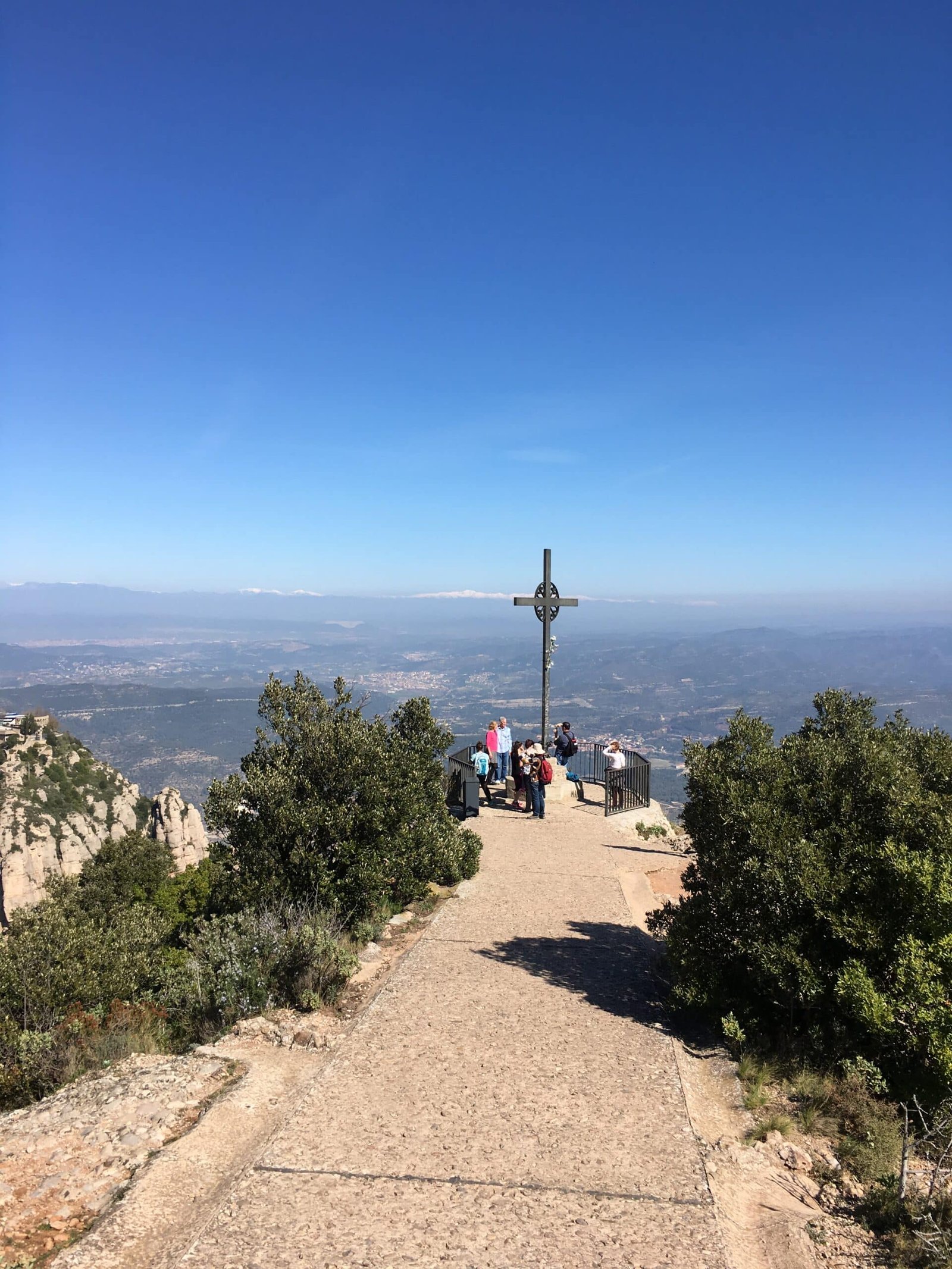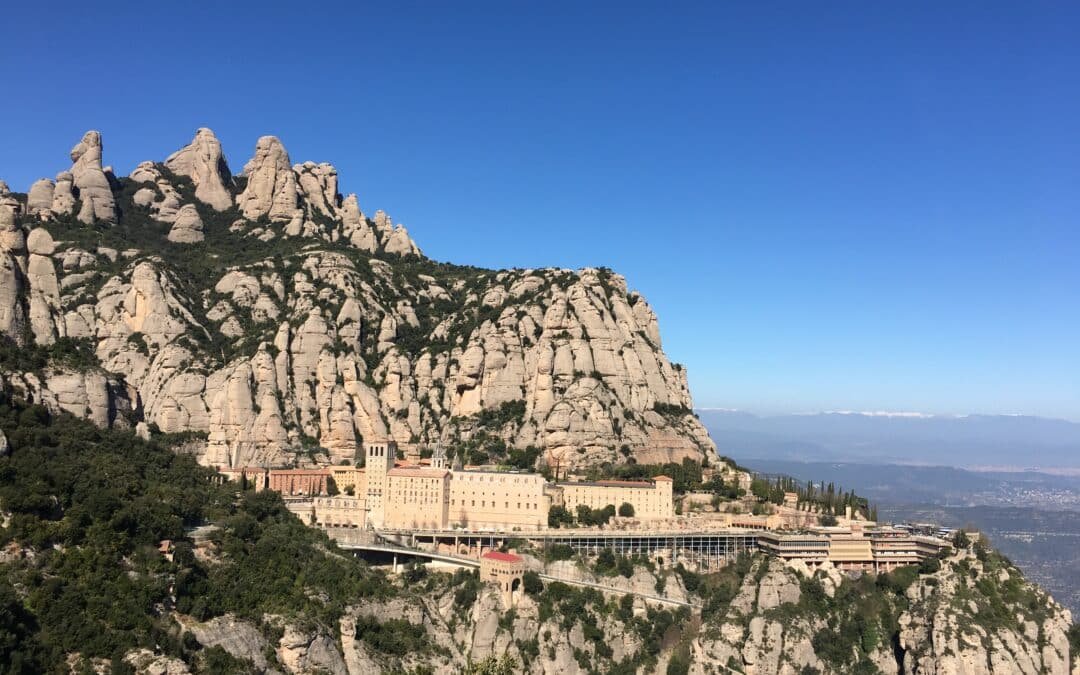Montserrat Mountain, located in Catalonia, Spain, is a geological and cultural marvel that has attracted visitors and pilgrims for centuries. Known for its unique jagged peaks and home to the revered Benedictine Abbey, Montserrat is both a natural wonder and a spiritual hub. With a rich history dating back to the early medieval period, Montserrat has been a center of religious importance and a destination for those seeking breathtaking views and personal reflection.
For travelers, the question of whether Montserrat is worth visiting is met with a resounding yes. The mountain offers not only spiritual significance but also a landscape that combines beauty with serenity. Hiking trails, panoramic views, and the famous statue of the Virgin of Montserrat, also known as La Moreneta, contribute to its reputation as one of Catalonia’s top attractions. Whether you’re a nature enthusiast or a history lover, Montserrat provides a deeply enriching experience.
Montserrat’s Millennial Celebration

In 2024, Montserrat marks a major historical milestone: the 1,000th anniversary of its Benedictine monastery. The mountain’s spiritual and cultural significance is honored through a year-long series of events to celebrate its millennial heritage. The official commencement of this celebration was recently announced and is now underway. A pivotal moment in Catalonia’s religious and cultural history, this event has drawn both locals and international visitors to partake in the festivities.
The event was inaugurated with great fanfare, as pilgrims, locals, and dignitaries gathered to pay homage to Montserrat’s spiritual journey and its role in shaping the region’s cultural identity. The celebration is expected to include concerts, exhibitions, religious services, and historical retrospectives that highlight the monastery’s legacy. The aim is not only to reflect on the past but also to look ahead, with modern-day interpretations and discussions about Montserrat’s role in contemporary Catalonia.

Montserrat Through the Ages
Montserrat’s history is deeply tied to the early Christian period in Spain. The first monastic establishment was recorded in the 11th century, with the construction of the Benedictine monastery around 1025 AD. Over the centuries, it grew into a prominent pilgrimage site, especially after the discovery of the Virgin of Montserrat, which became a symbol of Catalonia’s religious identity.
Throughout history, the mountain has been a site of various transformations, surviving wars, including Napoleon’s invasion, and becoming a symbol of resistance and Catalonian pride during political unrest. Its abbey has played a vital role in religious, cultural, and even political movements across Spain, and the millennial celebration is seen as a continuation of that tradition.

Why Visit Montserrat?
In addition to its cultural importance, Montserrat is an adventurer’s dream. With its network of hiking trails, visitors can explore its peaks and enjoy panoramic views of Catalonia. A cable car and funicular railway also offer easy access for those seeking a more leisurely experience. For many, however, the highlight of their visit is witnessing the famous boys’ choir, Escolania de Montserrat, one of the oldest in Europe, which performs regularly in the basilica.
The millennial celebration only adds another layer of attraction. Those attending will be able to experience not just the mountain’s natural beauty and spiritual offerings, but also engage in a historical event that
Montserrat Mountain has stood as a beacon of faith and culture for a thousand years, and its millennial commemoration in 2024 is an unmissable event for anyone interested in history, spirituality, or natural beauty. This year’s celebration not only reflects on the mountain’s rich past but also invites people to consider its future. Whether you visit for the hiking trails, the spiritual peace, or the unique historical events, Montserrat offers a timeless and unique experience. Montserrat’s place in both regional and religious history.

